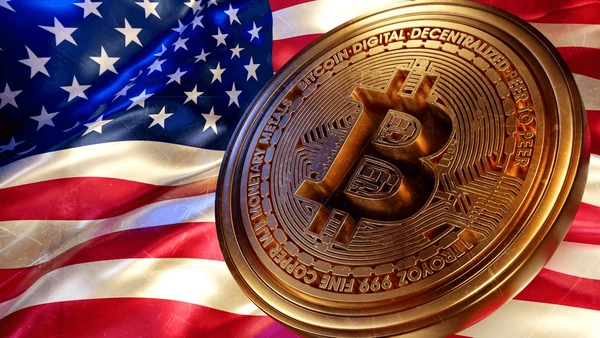The United States has entered its first federal government shutdown since 2019 after lawmakers failed to strike a deal on a new funding package. The deadlock, driven by disputes over health care subsidies and Medicaid cuts, forced the government to halt operations at 12:01 a.m. Wednesday, triggering widespread disruptions across federal agencies.
Federal Workers Furloughed, Services Suspended
The breakdown in negotiations between President Trump and congressional Democrats means thousands of federal employees are now on furlough, while non-essential government services are suspended until a compromise is reached. Essential services, such as national security and critical medical operations, will remain active, but many day-to-day functions have been paused.
This marks the first shutdown in four years, recalling the 35-day standoff in 2019 over border wall funding. This time, Democrats have insisted on extending expiring health care subsidies and reversing Medicaid cuts introduced earlier this year under the administration’s tax and spending reforms. Republicans, meanwhile, pushed for a short-term funding bill to extend operations through November but were unable to gather the 60 votes required in the Senate.
Democrats’ proposal, which sought short-term funding paired with over $1 trillion in health-related spending, was also blocked.
Following the failed votes, White House budget director Russell T. Vought instructed agencies to “execute their plans for an orderly shutdown,” signaling what could become a drawn-out impasse.
Ripple Effects in Washington
The shutdown not only affects federal employees and agencies but also complicates legislative progress on other measures. For instance, the much-anticipated CLARITY Act, which was scheduled for markup by Senate Banking Republicans on September 30, now faces indefinite delays due to the gridlock.
With the shutdown in place, the ripple effects are expected to extend across the economy. Contractors face uncertainty, government-backed projects are on hold, and public access to national parks and museums will be cut off.
Market Reactions and Investor Sentiment
Financial markets quickly reacted to the political stalemate. As confidence in Washington wavered, investors turned to hedge assets. Bitcoin, gold, and silver all rallied amid fears of prolonged fiscal instability.
Data from Polymarket showed shutdown odds rising to as high as 85% before the deadline, prompting traders to reposition. Bitcoin surged from $108,650 to nearly $114,000 in a two-day rally, with analysts noting the emergence of a bullish double-bottom pattern. Many predict further gains for the cryptocurrency should the budget crisis drag on.
A Costly Political Gamble
The government shutdown carries risks for both the administration and Congress. Federal workers are left unpaid, critical services are disrupted, and political fallout could reshape voter sentiment heading into the next election cycle.
For now, Washington remains at a standstill, with Democrats and Republicans entrenched in their positions. Until a funding compromise emerges, the shutdown is set to deepen economic uncertainty while straining public confidence in U.S. governance.

